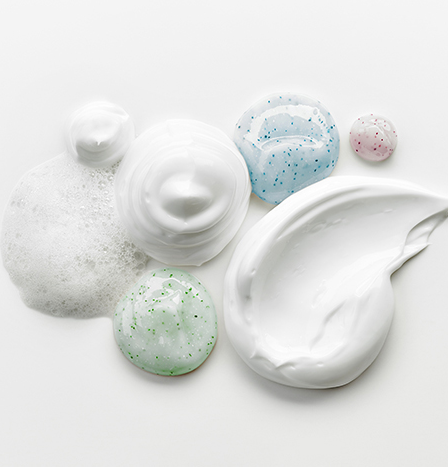Top 20 Popular Cosmetics Ingredients in 2024(1)

TOP1. Sodium Hyaluronate
That’s hyaluronic acid, it’s still it after all the twists and turns.
Mainly used as a moisturizing agent.
Sodium hyaluronate is a high molecular weight linear polysaccharide widely distributed in animal and human connective tissues. It has good permeability and biocompatibility, and has excellent moisturizing effects compared to traditional moisturizers. Highest historical usage: rinse type (74.993%), resident type (1%).
TOP2. tocopherol (vitamin E)
Vitamin E is a fat soluble vitamin and an excellent antioxidant. There are four main types of tocopherols: alpha, beta, gamma, and delta, among which alpha tocopherol has the highest physiological activity* Regarding the risk of acne: According to the original literature on rabbit ear experiments, a 10% concentration of vitamin E was used in the experiment. However, in actual formula applications, the amount added is generally much less than 10%. Therefore, whether the final product causes acne needs to be comprehensively considered based on factors such as the amount added, formula, and process.
TOP3. tocopherol acetate
Tocopherol acetate is a derivative of vitamin E, which is not easily oxidized by air, light, and ultraviolet radiation. It has better stability than vitamin E and is an excellent antioxidant component.
TOP4. Citric acid
Citric acid is extracted from lemons and belongs to a type of fruit acid. Cosmetics are mainly used as chelating agents, buffering agents, acid-base regulators, and can also be used as natural preservatives. They are important circulating substances in the human body that cannot be omitted. It can accelerate the renewal of keratin, help to peel off melanin in the skin, shrink pores, and dissolve blackheads. And it can have moisturizing and whitening effects on the skin, helping to improve skin dark spots, roughness, and other conditions.
TOP5. Niacinamide
Niacinamide is a vitamin substance, also known as nicotinamide or vitamin B3, widely present in animal meat, liver, kidneys, peanuts, rice bran, and yeast. It is clinically used to prevent and treat diseases such as pellagra, stomatitis, and glossitis.